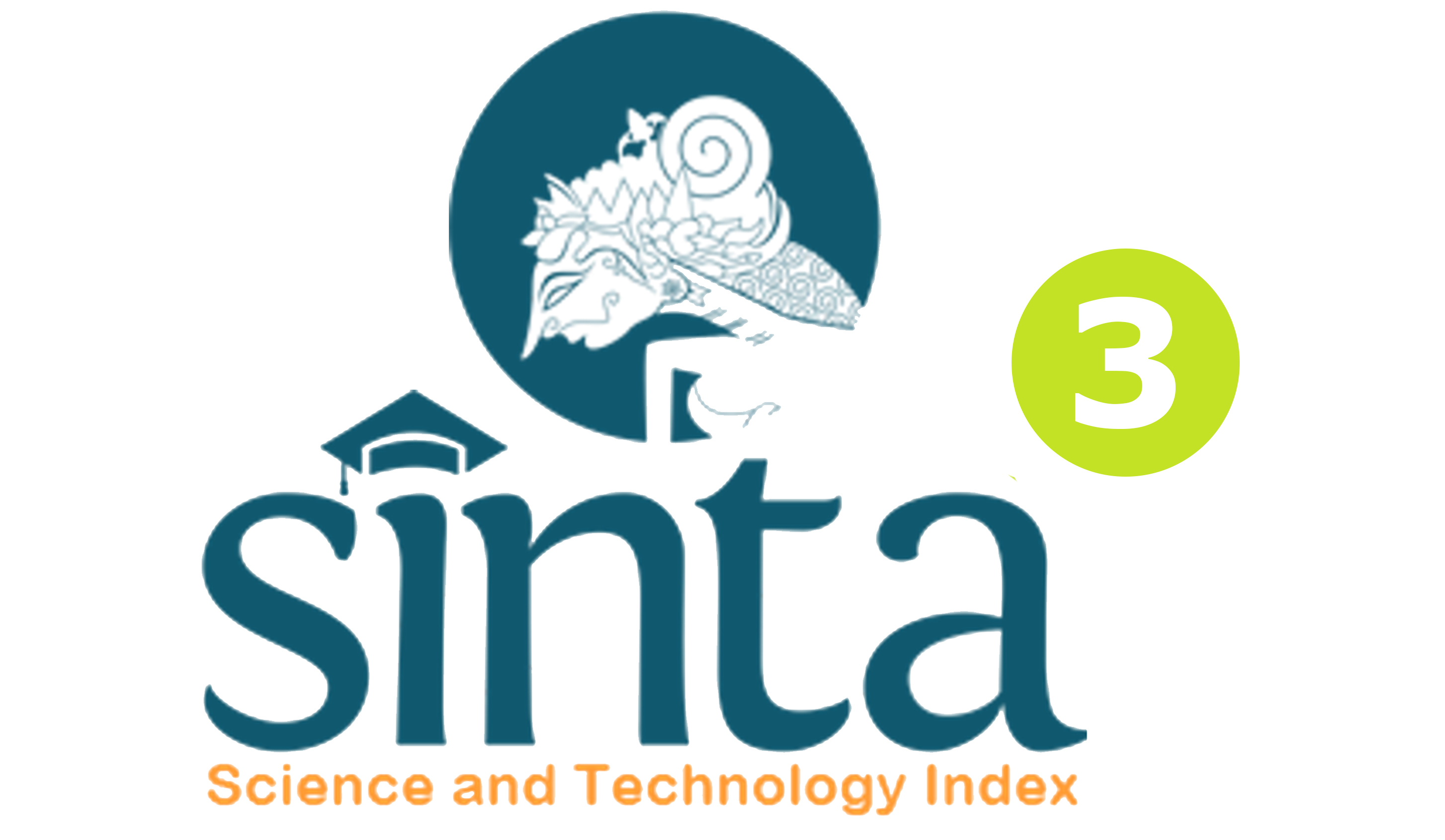PENGARUH KONSELING BEHAVIORAL DENGAN TEKNIK SHAPING DAN TEKNIK MODELING TERHADAP PERILAKU AGRESIF SISWA KELAS VII SMP LAB UNDIKSHA
DOI:
https://doi.org/10.23887/jibk.v6i1.8792Abstract
Penelitian ini bertujuan untuk mengetahui pengaruh model konseling behavioral teknik shaping dan teknik modeling terhadap perilaku agresif pada siswa kelas VII SMP LAB Undiksha Singaraja. Jenis penelitian ini adalah penelitian eksperimen semu dengan desain Posttest Only Control Group Design. Sampel kelas diambil dengan teknik purposive random sampling. Sampel penelitian ini terdiri dari 15 orang siswa. Data dikumpulkan dengan menggunakan observasi dan kuesioner perilaku agresif berjumlah 30 item. Data kuantitatif diolah menggunakan analisis uji Mann Whitney pada taraf signifikansi 5%. Berdasarkan hasil analisis kelompok eksperimen I menghasilkan thitung > ttabel (5,391 > 2,776).. Kelompok eksperimen II menghasilkan menghasilkan thitung > ttabel (5,907 > 2,776). Konseling behavioral teknik shaping dan teknik modeling memiliki perbedaan skor R1>R2 (25 > 30), hasil hipotesis menunjukkan H > X2kw (α) (k-1) (9,50 > 5,59).. Dari hasil penelitian, dapat disimpulkan bahwa 1) terdapat pengaruh model konseling behavioral teknik shaping terhadap perilaku agresif siswa, 2) terdapat pengaruh model konseling behavioral teknik modeling terhadap perilaku agresif siswa, 3) terdapat perbedaan pengaruh antara konseling behavioral teknik shaping dan teknik modeling terhadap perilaku agresif pada siswa kelas VII SMP LAB Undiksha Singaraja, dimana teknik shaping lebih berpengaruh terhadap perilaku agresif siswa.Kata Kunci : Behavioral, Teknik Shaping, Teknik Modeling, Perilaku agresif.
This study aimed to determine the effect of behavioral counseling model shaping techniques and modeling techniques to aggressive behavior in class VII student LAB Undiksha Singaraja. This research is a quasi-experimental research design with Posttest Only Control Group Design. Samples taken classes with purposive random sampling technique. The research sample consisted of 15 students. Data collected by using observation and aggressive behavior questionnaire included 30 items. Quantitative data is processed using the Mann Whitney test analysis at 5% significance level. Based on analysis of the experimental group I produce thitung> t table (5.391> 2.776) The experimental group II produce produce thitung> t table (5.907> 2.776). Behavioral counseling technique of shaping and modeling techniques have different scores R1> R2 (25> 30), the results showed hypothesis H> X2kw (α) (k-1) (9.50> 5.59) .. From the results, it can be concluded that 1) there are significant model of behavioral counseling techniques shaping the aggressive behavior of students, 2) there are significant counseling model behavioral modeling techniques to the aggressive behavior of students, 3) there is a difference in effect between behavioral counseling technique of shaping and modeling techniques to aggressive behavior in class VII SMP LAB Undiksha Singaraja, where the shaping technique has more influence on aggressive behavior of students.
keyword : Behavioral, Shaping Techniques, Modeling Techniques, aggressive behavior.
Published
Issue
Section
License
Jurnal Ilmiah Bimbingan Konseling Undiksha is an Open Access Journal. The authors who publish the manuscript in this journal agree to the following terms:
JIBK is licensed under a Creative Commons Attribution 4.0 International License. This permits anyone to copy, redistribute, remix, transmit and adapt the work provided the original work and source is appropriately cited.
This means:
Jurnal Ilmiah Bimbingan Konseling is licensed under a Creative Commons Attribution 4.0 International License.
(1) Under the CC-BY license, authors retain ownership of the copyright for their article, but authors grant others permission to use the content of publications in JIBK in whole or in part provided that the original work is properly cited. Users (redistributors) of JIBK are required to cite the original source, including the author's names, JIBK as the initial source of publication, year of publication, volume number, issue, and Digital Object Identifier (DOI); (2) The authors are the copyright owner of the article, and the author grants the JIBK held the first publication right.









.png)

.jpg)
